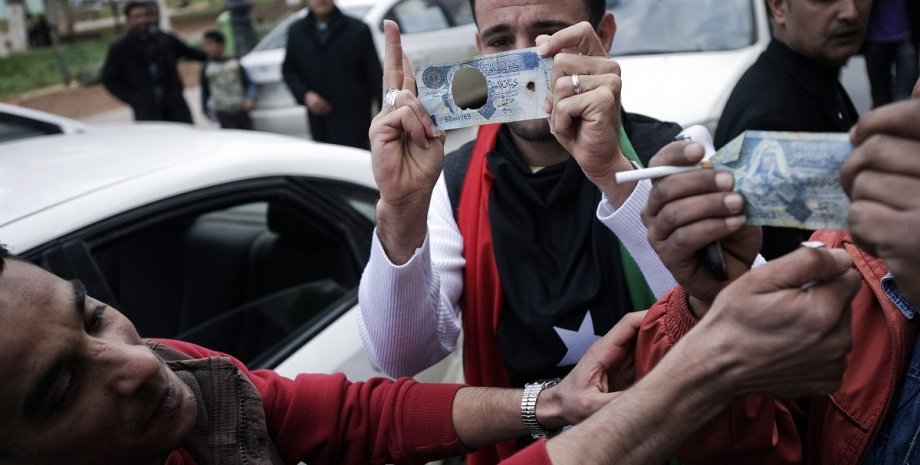
According to a source in the Eastern Government of Libya, Libyan Banking Source and Diplomatic Source, the Central Bank of Libya (CBL) in Tripol named new banknotes forged, but they are exchanged for hard currency in the black market or through local banks. Money was used to finance infrastructure projects in the east after last year's destructive floods. They can also be used to finance Russian mercenaries in Libya and Sachel, said a diplomatic source.
The Sentry, an international investigative and political group specializing in corruption and war crimes, reported the role of Russia in the supply of new banknotes to Libya Reuters. Comments from the Central Bank of Libya and Russian "Gozak" could not be obtained by journalists. Libya split in 2014 between the warring eastern and western factions. Despite the 2020 truce, it is not possible to repay the conflict.
In June, the US State Department imposed sanctions against the Russian "Gozak" for printing fake Libyan banknotes worth more than $ 1 billion, not specifying where and when the bills were printed or delivered. Russia has set up the Eastern Libya to several billion dinars from 2016 before the ceasefire of 2020, helping the Union Eastern Commander Halifa Haftar and the government supported by the government in Benghaz.
The dinars, imported from 2016 to 20 years, were officially issued by the Eastern CBL branch in Bengaz and had the signature of its governor Ali Al-Kibri. Their release was exacerbated by economic splits within Libya, with various exchange courses in different parts of the country. After ceasefire and effort to reunite the banking system, the CBL Branch in Tripol, under the direction of Governor Sadika Al-Kabir, accepted Hibri-published banknotes printed in Russia as a legal payment.
Hibrie was replaced in 2022. Cabir then stated that new banknotes should not be used, but the Eastern Libya authorities insisted that any institutions that reject them would be punished. Eastern Libya, where the National Parliament is located, is actually under the control of Haftar, who, according to UN experts, involved Russian mercenaries from Wagner PEC during hostilities in 2019-2020. Russian fighters remained in Libya, the US military said.
"Haftar's hegemonic control over the eastern part of Libya poses a serious threat to the entire banking system of the country," said Charles Boat, Head of The Sentry investigation department. Most of the unofficial currency is a bills of 50 dinars. Earlier this year, CBL published a statement in which he named four types of notes in 50 dinars: a diplomatic source reported that one of these issues was of higher quality and was printed in Russia and imported.
Other less sophisticated banknotes were apparently published in Libya, said the source. The source at the Libyan Bank and the source in the government of the eastern part of the country stated that an illegal operation to print dinars is carried out in the east of Libya.
As reported by Reuters three sources familiar with the situation, dinars convert to solid currency or through black market exchange offices, or through deposits placed in Eastern banks by one-day companies that use import letters from US dollars from central bank in the company abroad . The Exporter is actually a false company controlled by the same persons under the operation of banknote printing operations.
Goods do not depart, but dollars settle in the pockets of a criminal network, "Kater said. Earlier, CBL stopped issuing letters of credit against the backdrop of statements that some importers used them to get cheap dollars. To resist the influence of fake notes, CBL in April announced that by the end of August will remove all the denominations of 50 dinars from circulation.










All rights reserved IN-Ukraine.info - 2022